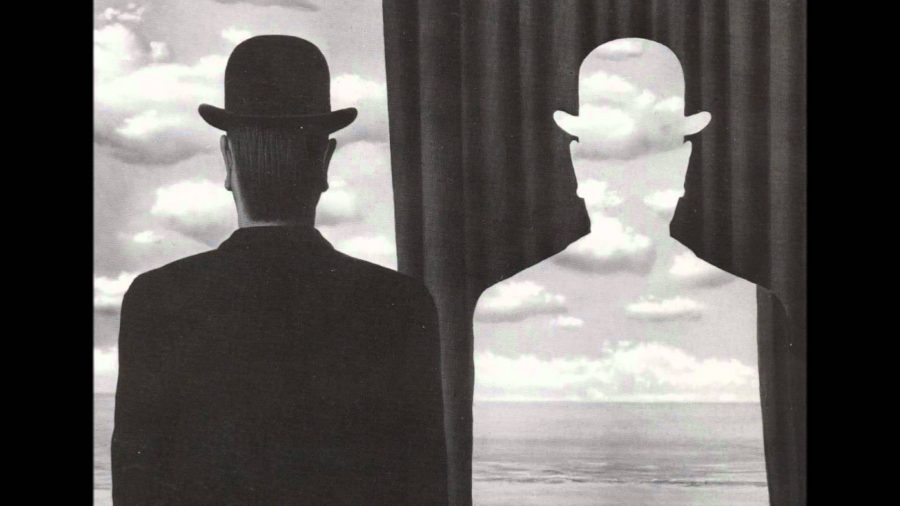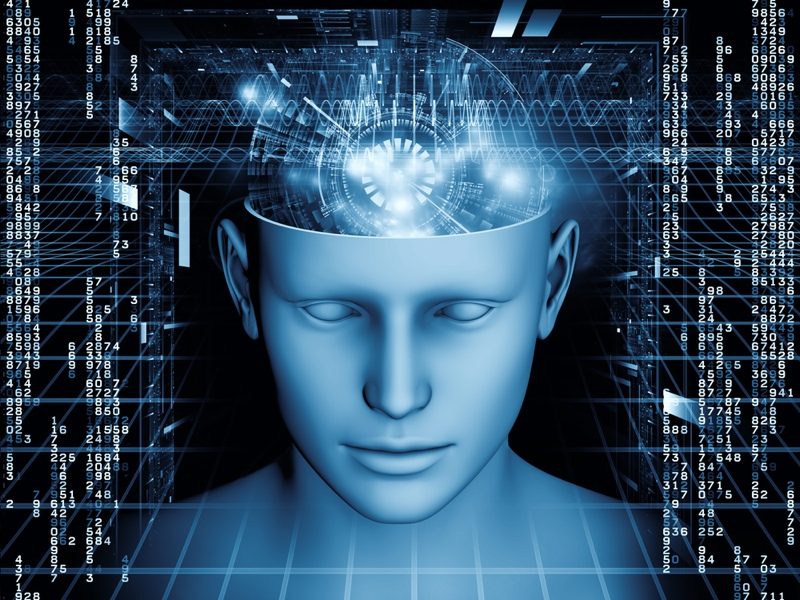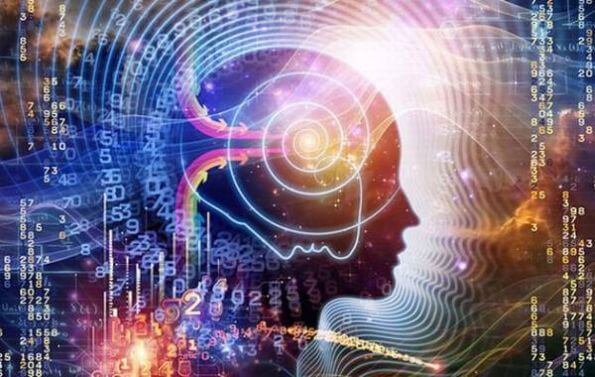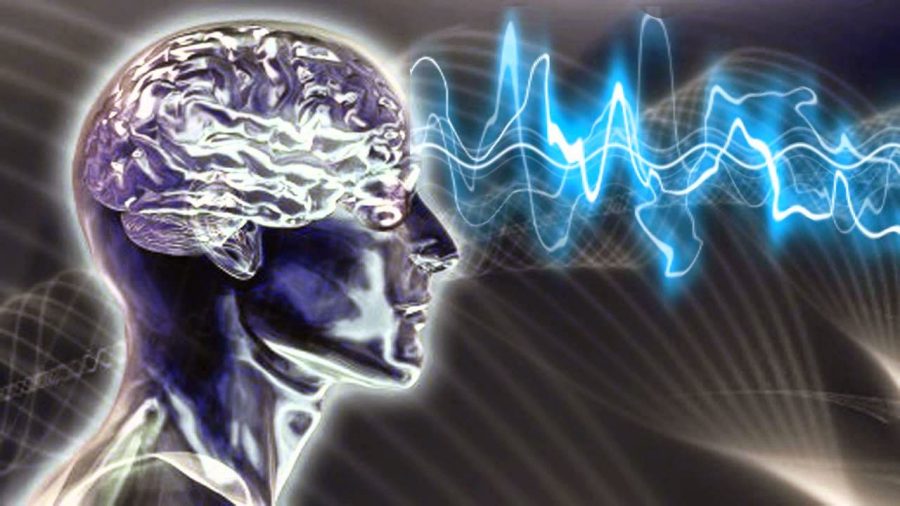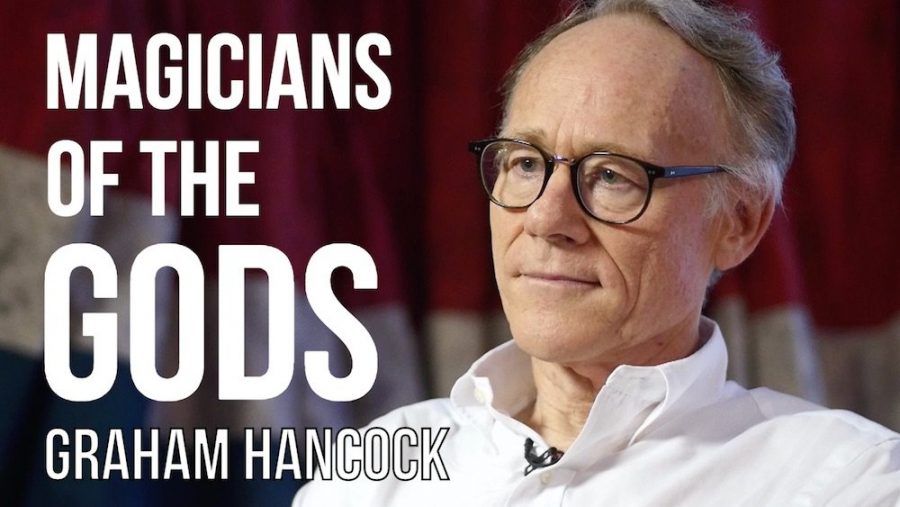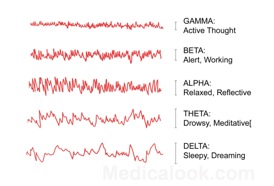There are several generally recognized brainwave patterns within the brain which can be measured with EEG technologies. Each of these brainwaves correlates with different experiential realities. Most of us in the Western world experience only three levels of awareness: awake, asleep with dreaming, and asleep without dreaming. The normal sleep cycle includes Alpha, Theta, and Delta waves in special sequences throughout the night, in sequence with a dreaming pattern called REM [rapid eye movement]. We usually sleep through brainwave patterns other than active waking Beta brainwaves, and thus rarely experience some of the expanded awarenesses available to us as humans.
The names of the brainwaves relate to the electrical frequency generated by brain activity as measured by electrodes placed on the head. There is nothing better or worse about any particular pattern, but each has a distinct experiential quality which is useful for various life tasks.
The Beta brainwave state is involved with thinking, cognitive activity, work, driving and goal focused activity. It is necessary and useful to technological progress, and general daily functioning. If you think about your frantic daily schedule, work deadlines, or a shopping list, your brain is probably functioning in this range of electrical activity. Although an essential part of daily life, it’s contents would also include stress inducing material!
Alpha brainwaves begin in the eyes-closed state, and become more coherent across the brain hemispheres in meditative practice. The Alpha state typically increases a sense of relaxation, and in the sleep-deprived western world, many will fall into sleep states rapidly. If you’re “fading out” in a boring meeting, sitting back in a state of calm, or just starting to feel relaxed right before falling asleep, this is likely an Alpha state.
Theta brainwaves are slower than Alpha and in this brainwave pattern ecstatic states, dream like visions, out of body experiences, and a significant lessening of physical pain are common. Characteristic is a lack of awareness of the sensations of the physical body. Creative insights also occur in the mental space here, and amazing breakthrough discoveries begin here. Examples include Kekule’s insight about the structure of benzene, Einstein’s “thought experiment” about light, and Mendeleev’s vision of the periodic table of elements. More on creativity at another time. . . .
Delta brainwaves are expressed deep sleep, usually far outside of awareness. When conscious at this brainwave state, the experience is often of a pure empty void, described in several meditative traditions as an experience of the full infinity of nothingness that is at the same time full of possibility. Carl Jung made reference to this as the “Pleroma” of Gnostic traditions. Buddhist meditators simply refer to it as the void.
Meditation practice leads the meditator to remain consciously aware at these various brainwave states in a process unlike any other. Ken Wilber notes that as meditative practice progresses over time, one first experiences quiet relaxation [Alpha], then a reverie of creative imagery [Theta] followed by absolute silence and/or one-ness [Delta]. If you want to understand meditative experience in the context of brain physiology, this is an excellent place to start. Functional brain imaging is the next step at this level of understanding.
I’ll tell you about some of the amazing findings about a newly described brainwave pattern, called Gamma, in a later post. The findings about this make a substantial argument against biological reductionism in neuroscience, and thus, should not be underestimated.
Like this:
Like Loading...

